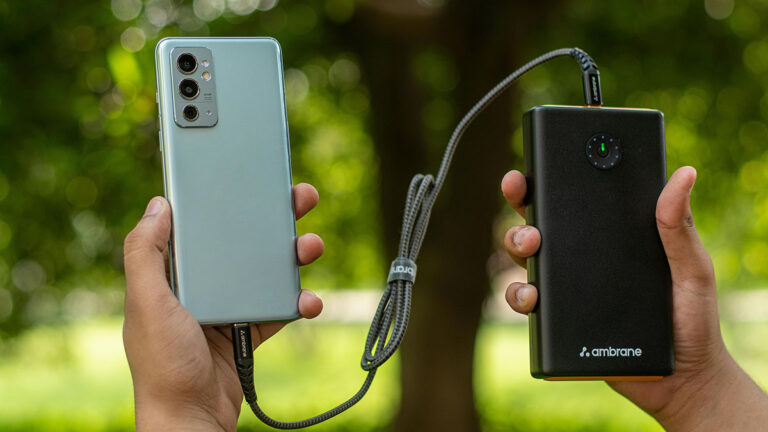
Complete Kilimanjaro Trek Tipping Guidelines
Table of Contents Kilimanjaro & Safari Tipping Guide: How Much to Tip | Kili Quests Tipping on Kilimanjaro and Safari – Why It Matters



Table of Contents Kilimanjaro & Safari Tipping Guide: How Much to Tip | Kili Quests Tipping on Kilimanjaro and Safari – Why It Matters

Table of Contents How Many Porters Do You Need for a Kilimanjaro Trek? | Kili Quests Why Porters Matter Climbing Kilimanjaro isn’t just about

Table of Contents Kilimanjaro Climbing Package: What’s Included | Kili Quests Climbing Mount Kilimanjaro is one of the most rewarding adventures on earth —
@2025 Kili Quests. All rights reserved.